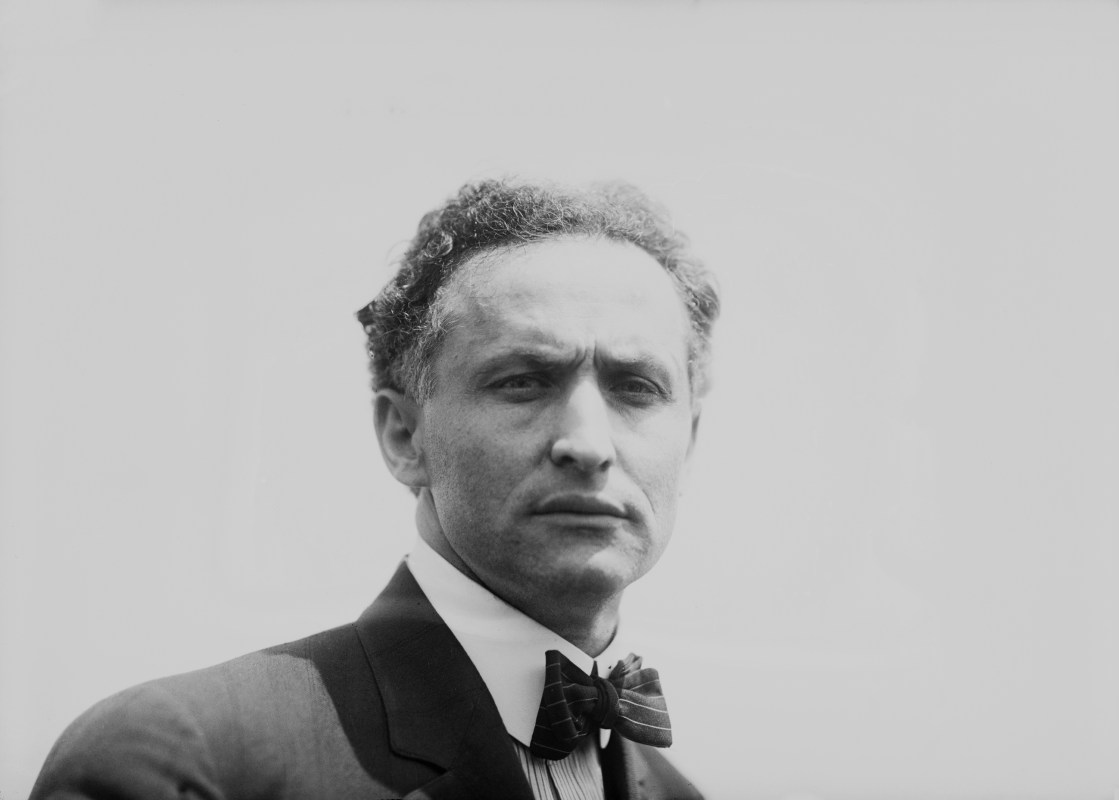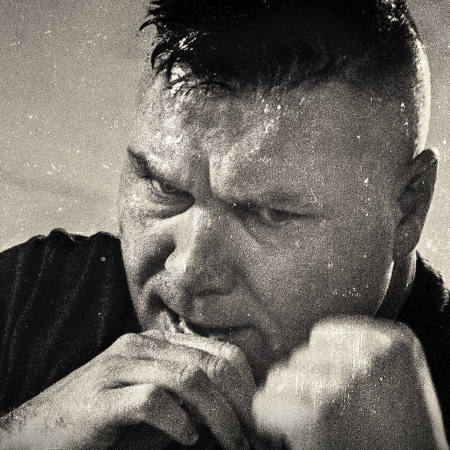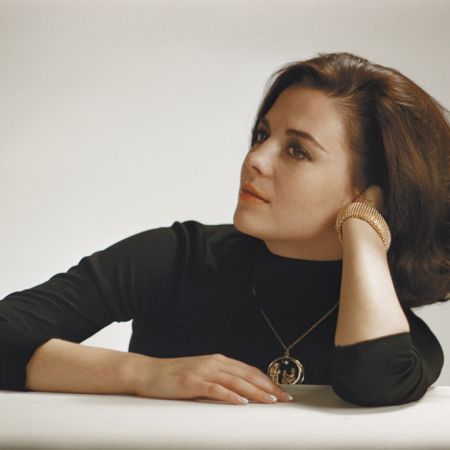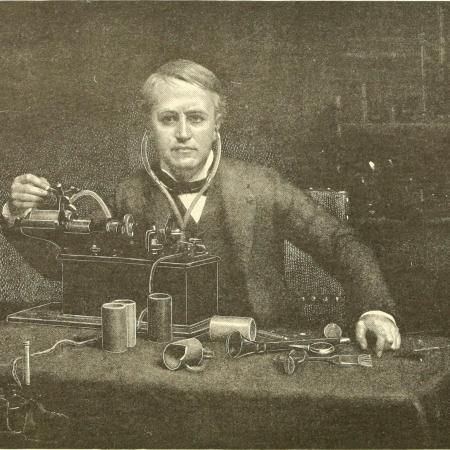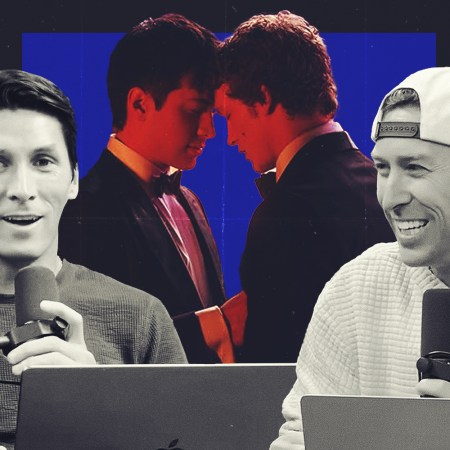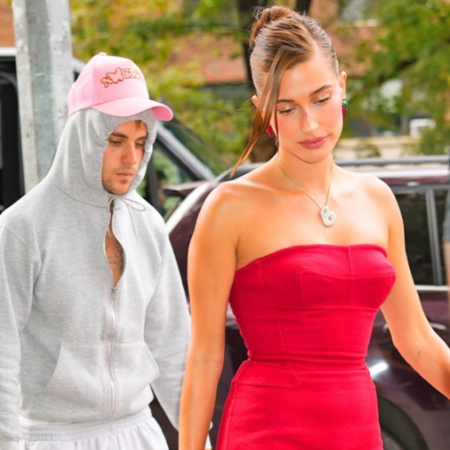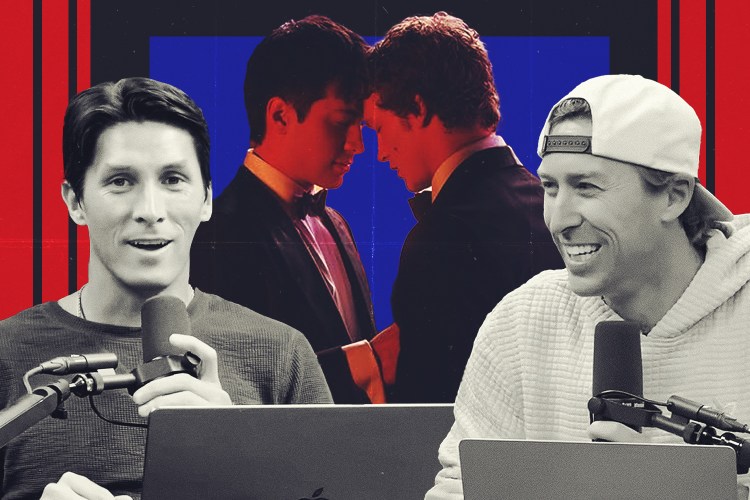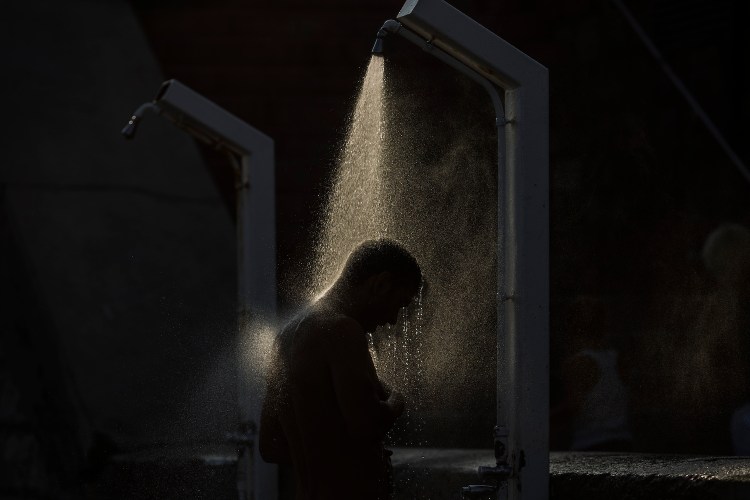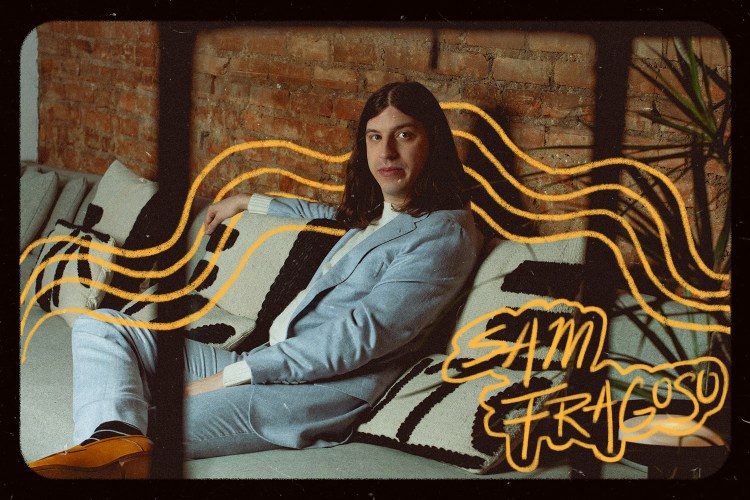Joe Posnanski never intended to write a book about Harry Houdini. When the acclaimed sportswriter’s publisher asked him to pen a biography of Babe Ruth, he figured he had nothing to add to the slugger’s story. But he did focus in on one aspect of the Bambino’s life: his ability to inspire wonder like nobody else, save for the most famous magician of all time.
“It’s been a century since he was at his height and yet he’s still the guy that you can go to almost anybody anywhere, any country and say, ‘Houdini,’ and they know who he is,” Posnanski tells InsideHook about the genesis of his new book, The Life and Afterlife of Harry Houdini. “I realized he’s absolutely everywhere and we don’t even think about it. You start seeing dogs that escape from yards, babies that escape from cribs, somebody who pulls off some weird crime and they’re a Houdini. A pitcher who gets out of a bases-loaded jam or a quarterback who gets out of a sack, he’s like a Houdini. That’s what made me think. ‘All right, this is a book.’”
Out Oct. 22, Life and Afterlife is a departure for the author, whose other books have all been about sports, such as The Soul of Baseball, about Negro League legend Buck O’Neil and Paterno, an inside look at the legendary coach that Posnanski was writing when the Penn State scandal hit. But, as Posnanski sees it, the escape artist isn’t all that different from some of the all-time great athletes like Jordan and Brady, not to mention Trump, in his larger-than-life legacy and drive to win at all costs. We asked him to explain that and more about the magician, the Paterno controversy, and how a baseball player become the next wonder-inspiring superstar.
The Surprises of Houdini
Had Posnanski known how many books were written about Houdini before his, he says he might not have even tried his hand at writing Life and Afterlife. But his ignorance on the subject matter ends up driving the narrative, as the author discovers how much is still unknown about Houdini’s life, including how he pulled off a famous 1904 escape from the “Mirror cuffs,” a unique set of shackles that London’s Daily Mirror had specifically made for the magician.
“Everything surprised me,” says Posnanski. “I knew so little going in. One was what depths he was willing to go to create this character that is Houdini. Fifty years after his death, [his devotees] still didn’t know where he was born. They created this whole magical-community committee to find out and they went all over the country, to Budapest, to Germany, all these different places and searched for anything resembling a birth certificate. Fifty years that guy had everybody convinced he was born in the United States and he was wasn’t! And it’s such a small thing in so many ways — I mean, he came here when he was 4 — but that surprised me.”
“The second biggest surprise was that there was still a mystery,” he adds. “Copperfield was the first person I talked to about it, but talking to multiple magicians and people who studied this their whole lives, every one of them saying, ‘We don’t know how he got out of the Mirror cuffs.’ A hundred years later, we still don’t know! We have theories, we have opinions. There’s still this one thing he did that even people who have unmasked him in every possible way don’t really know how he did it.”
The Athletes With Houdini Personalities
Just like a player who feeds off of trash talk and treats every opponent like they killed his dog, Houdini’s competitive streak in the magic world was vicious. It wasn’t enough for him to be the best at his craft — he needed to silence, and often humiliate, his rivals, both onstage and in the press.
“It really is this constant need to win, to defeat anybody who’s trying to try to imitate him or put him down. It did remind me of athletes in the sense that I think great athletes — many of them, not all of them — have to go to this dark place in order to be that good. Michael Jordan was absolutely ruthless. He constantly had to feel like he was being slighted and would invent little grudges. That was very Houdini-like. Tom Brady is the same way. He’s been talking about getting drafted in the sixth round for 20 years. He still needs that energy to keep finding the next level. It can be a pretty negative energy, and I think it was for Houdini, especially after he became a success. He really did have to keep finding new fights.”
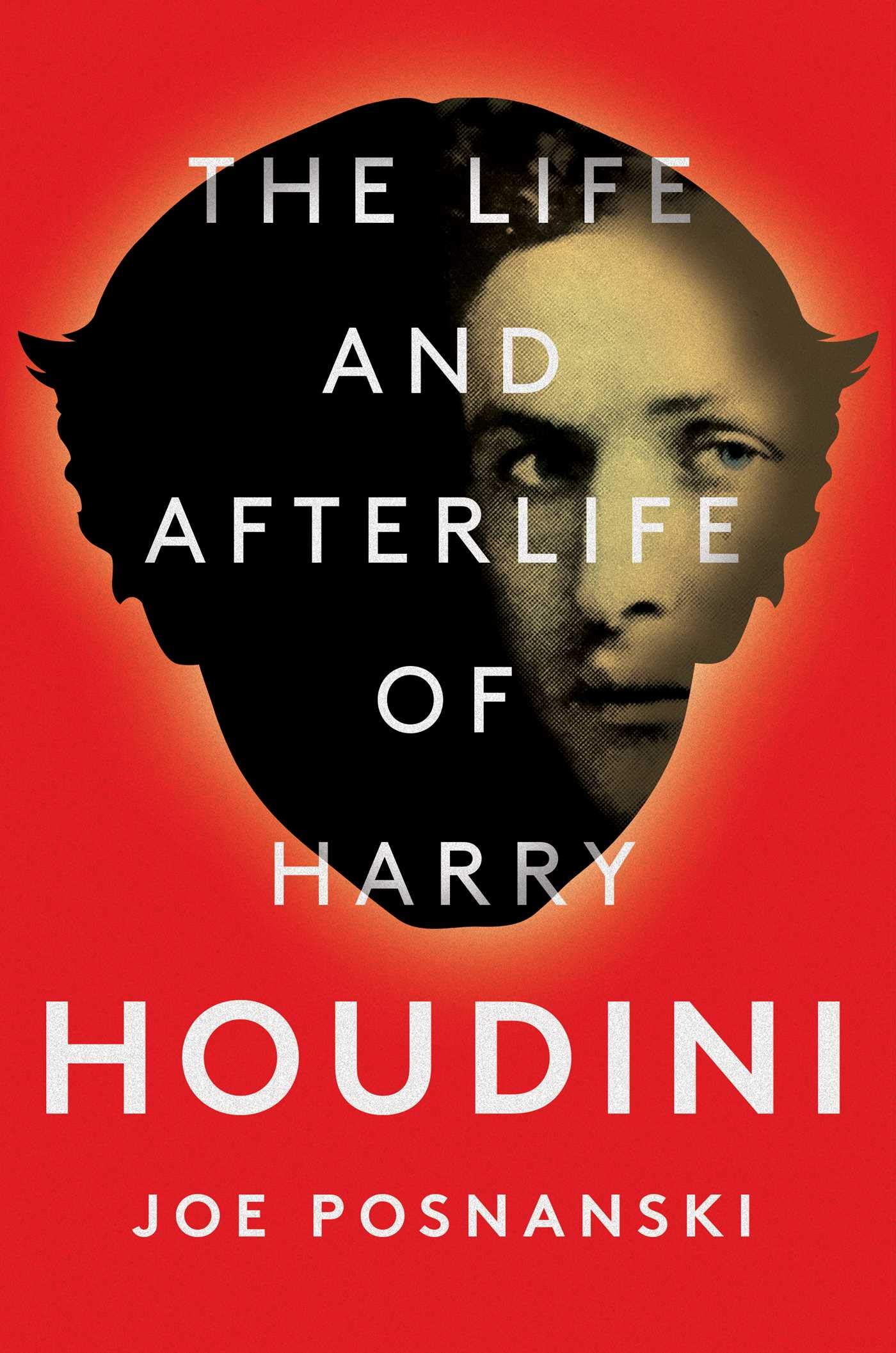
The Similarities to Trump
Like the President, Houdini was a master manipulator when it came to the media, using newspapers to hype his act with fake controversies and other outright lies. Also like Trump, his need for attention and to always be right, no matter the evidence to the contrary, wasn’t just an act.
“They’re different in many ways, but in the way that Houdini was a showman and created this character, the similarities are dead on,” Posnanski says. “Houdini could never stop being this character and Trump is exactly the same. Trump created this persona that whatever percentage of the country is in love with and he never backs off of it. He’ll tell as many stories as he has to and he will not let go of a single thing. The weather map, Houdini would’ve done the same thing. If Houdini said the hurricane was going to hit Alabama, he would have gone to the ends of the earth to say he wasn’t wrong. ‘You build a box, I’ll get out of it. You come with cuffs, I’ll get out of those.’ It was always, ‘You challenge me and I will win,’ and, boy, that’s Trump to a T, right?”
How Baseball Can Get Another Transcendent Star
One of the biggest knocks against baseball now is how the game doesn’t have megastars the way it used to, certainly nowhere near the likes of Ruth. Though television and social media make it impossible to achieve the Babe’s brand of mystique, Posnanski is sure that MLB will soon have more players whose personas are larger than the game.
“One point of reference is Mike Trout, this otherworldly, once in a 50-year span type of player, and how he’s not really treated that way,” says Posnanski. “He’s a private person. He’s not somebody who’s interested in becoming that. Houdini wanted to become famous, Houdini wanted to become immortal, and he worked at it day and night. Reggie Jackson, there’s an example — he was a much, much more famous player than he was great player. He drove it every day: did every commercial, did broadcasting, gave crazy, outlandish quotes. He wanted to become famous and he did it.
It’s much harder to do now. When you get to the top, the pressure only builds. Then everybody’s like, ‘What’s your next act? What’s your next crazy statement?’ and you have to keep going and going. Some people can keep finding new ways to push the envelope, but most can’t. A baseball player who wanted that — to not only be a great player but be famous, in the zeitgeist — could do it. They just have to be creative and willing to be out there, all the time.”
This article appeared in an InsideHook newsletter. Sign up for free to get more on travel, wellness, style, drinking, and culture.
